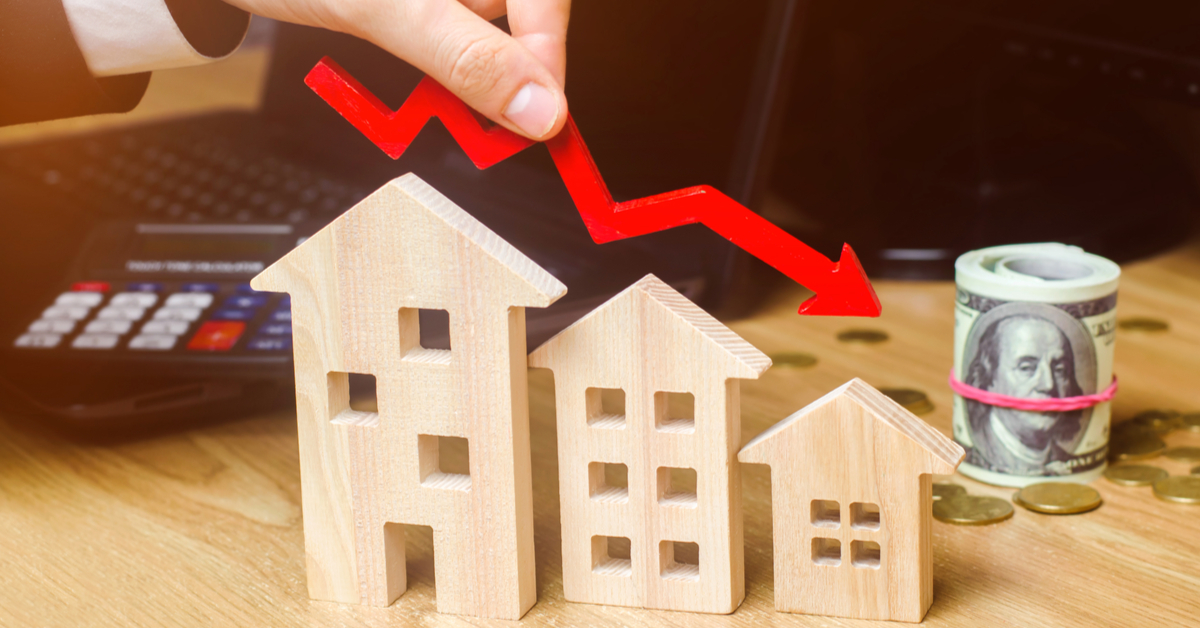According to Black Knight, this is what an inflection point looks like.
In the real estate data analytics company’s newest home-price index, the median U.S. home price finally crossed the line from deceleration to decline, falling by 0.77% month over month in July. It’s the first monthly decrease in nearly three years and the largest single-month slide since January 2011. Notably, on a seasonally adjusted basis, it was one of the 10 largest monthly drops recorded by Black Knight in more than 30 years of tracking.
Moreover, the slide happened in July, a month when prices usually increase by about 0.4%, noted Andy Walden, Black Knight’s vice president of enterprise strategy. It was the second-largest monthly price drop ever recorded for any July. Only in 2010, when prices fell 0.9% from June, did the month see a steeper contraction.
“Annual home-price growth still clocked in at 14.3% – more than three times the long-run average – but most of that appreciation occurred in the last months of 2021 and earlier this year,” Walden wrote on Black Knight’s blog. “Such strong annual growth rates can hide underlying weakness. Month-over-month data gives us a much clearer picture of just how much – and how quickly – the housing market has shifted.”
Indeed, home-price growth was clocked at 28 times the 30-year seasonal average at the beginning of the year. But with the upward scramble of interest rates aided by aggressive monetary policy from the Federal Reserve, this growth shriveled to slightly more than five times the 30-year average by February. By May, growth shrank to only twice the historical average, and one month later, even as growth remained positive, it was running at 70% below the 30-year mean.
Overall, prices are off peak by less than 1% nationally, although some metro areas have seen more substantial price drops. San Jose, for example, has seen its average home price fall by 10% from its recent peak as of July. Seattle (down 7.7% from recent peak), San Francisco (-7.4%) and San Diego (-5.6%) also have seen prices fall significantly of late. More than 85% of major markets have seen prices decline from their peaks, at least marginally, through July, with one-third recording declines of more than 1%. And more than one in 10 big cities have seen prices fall by at least 4%.
“The velocity of this market correction is as noteworthy as the declines,” Walden noted. “There have been several examples over the past 30 years where markets have seen double-digit price drops. None, however, come close to what San Jose has experienced in the span of only three months.
“In the early 1990s, for example, it took an average of 2.5 years for a number of West Coast markets to shed 10% of their value. Even during the Great Recession of the mid-2000s, it took two years, on average, for prices to drop 10%. Riverside, California, dropped the fastest and it still took 13 months.”






